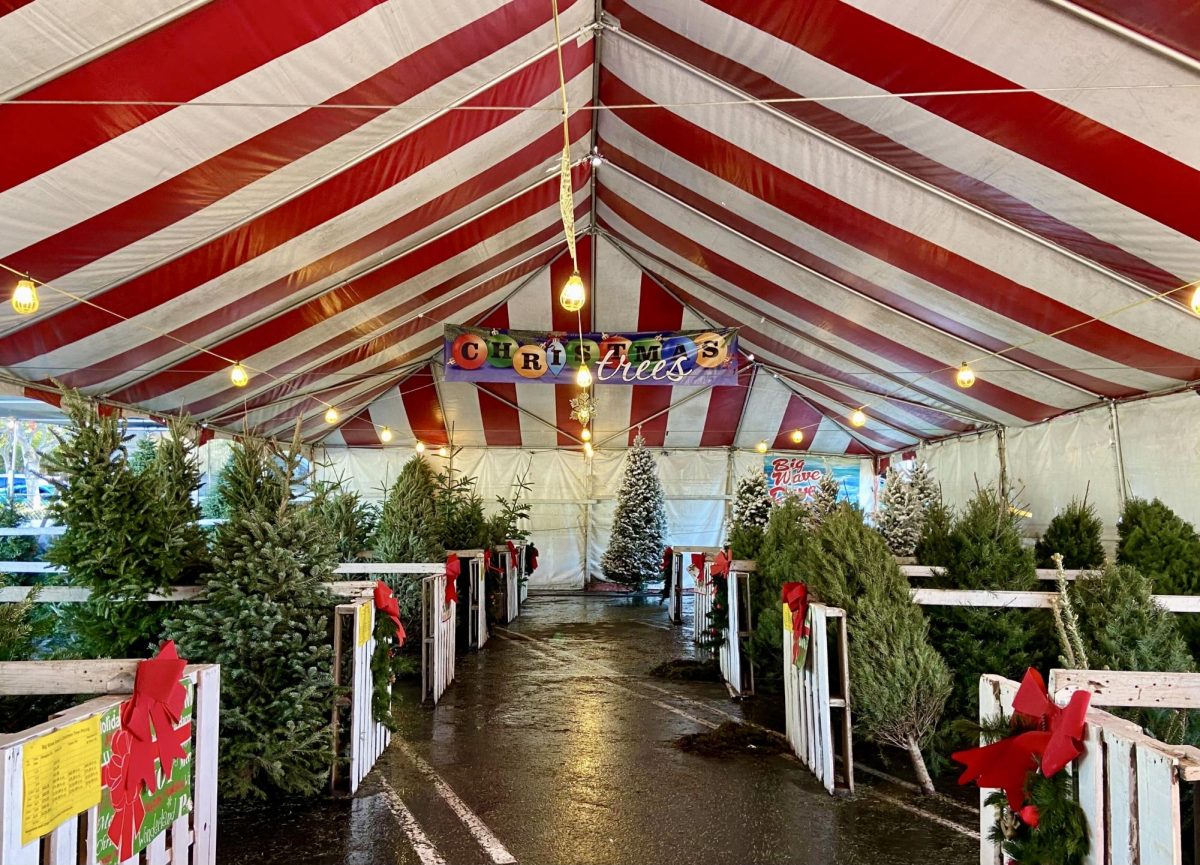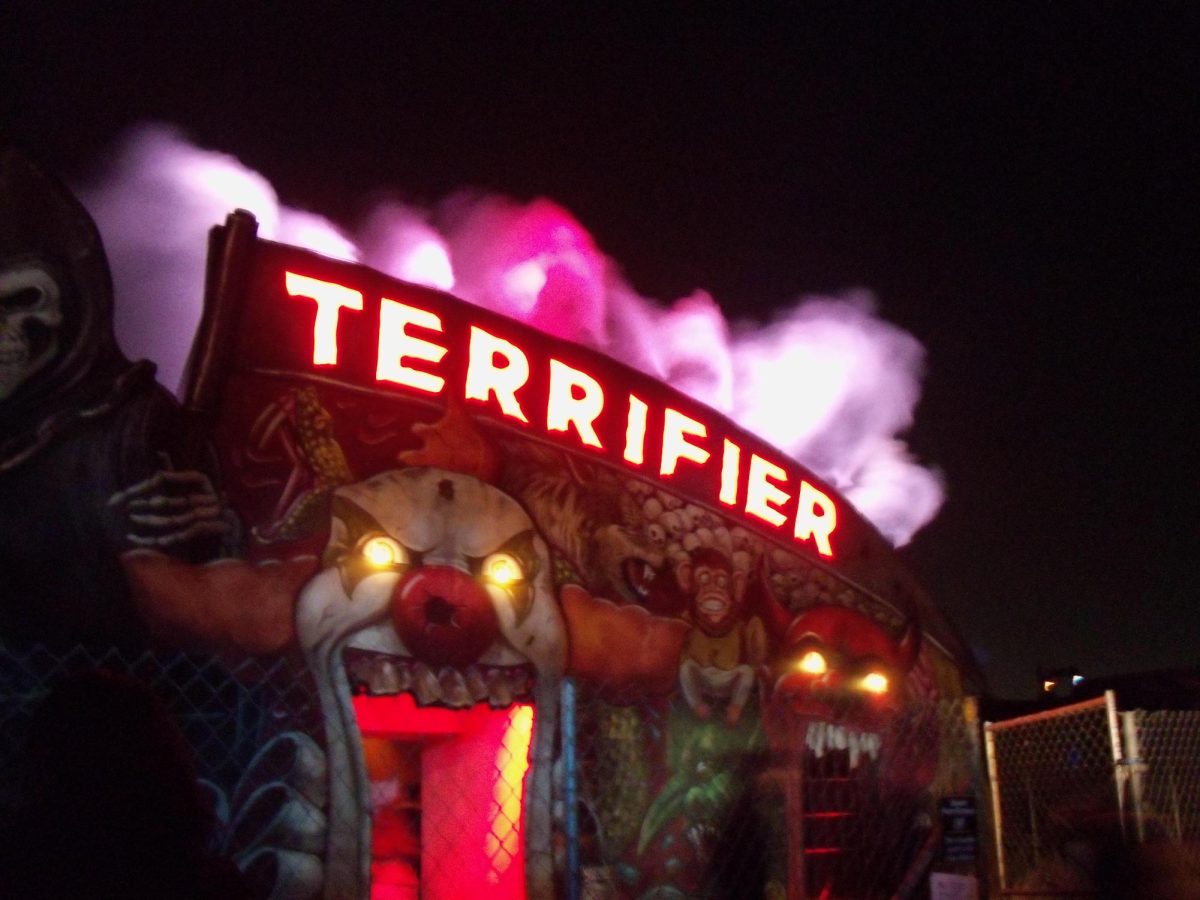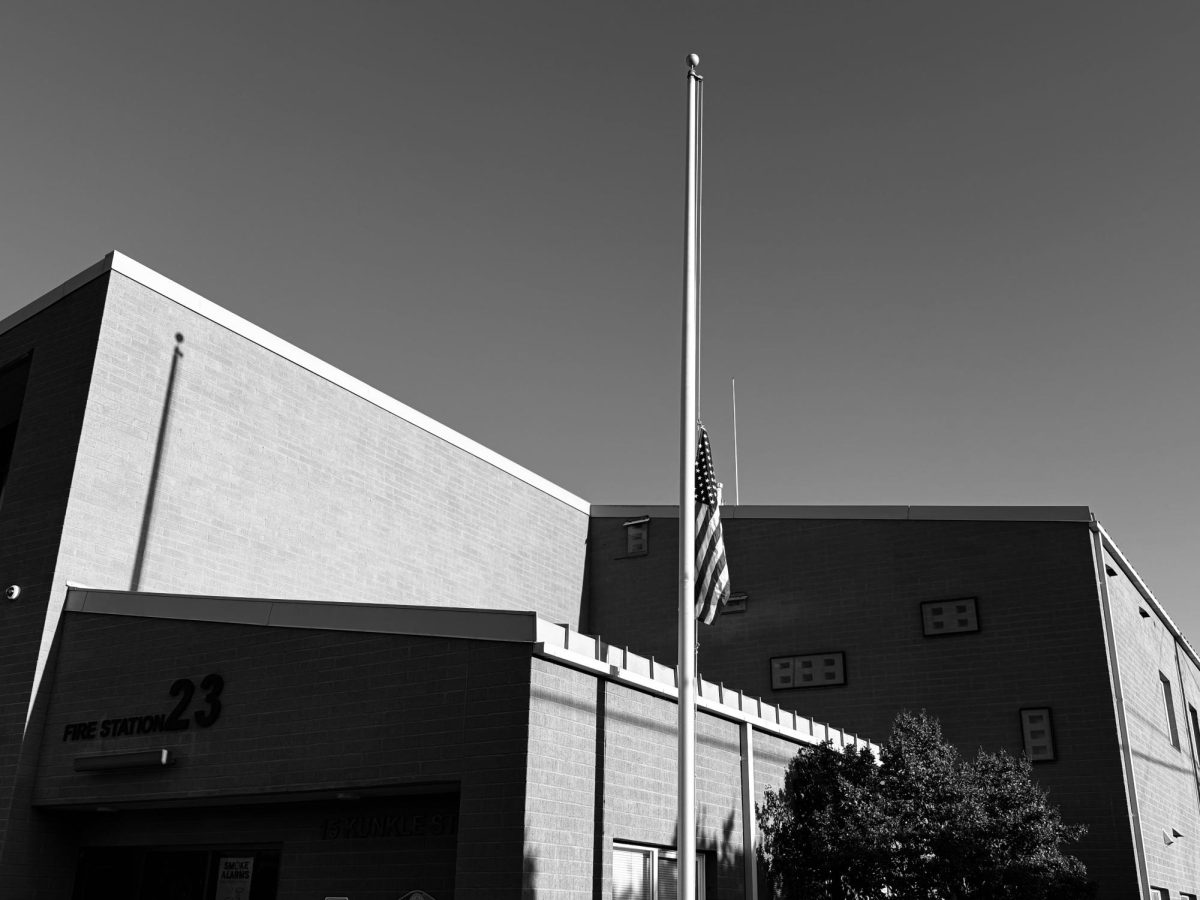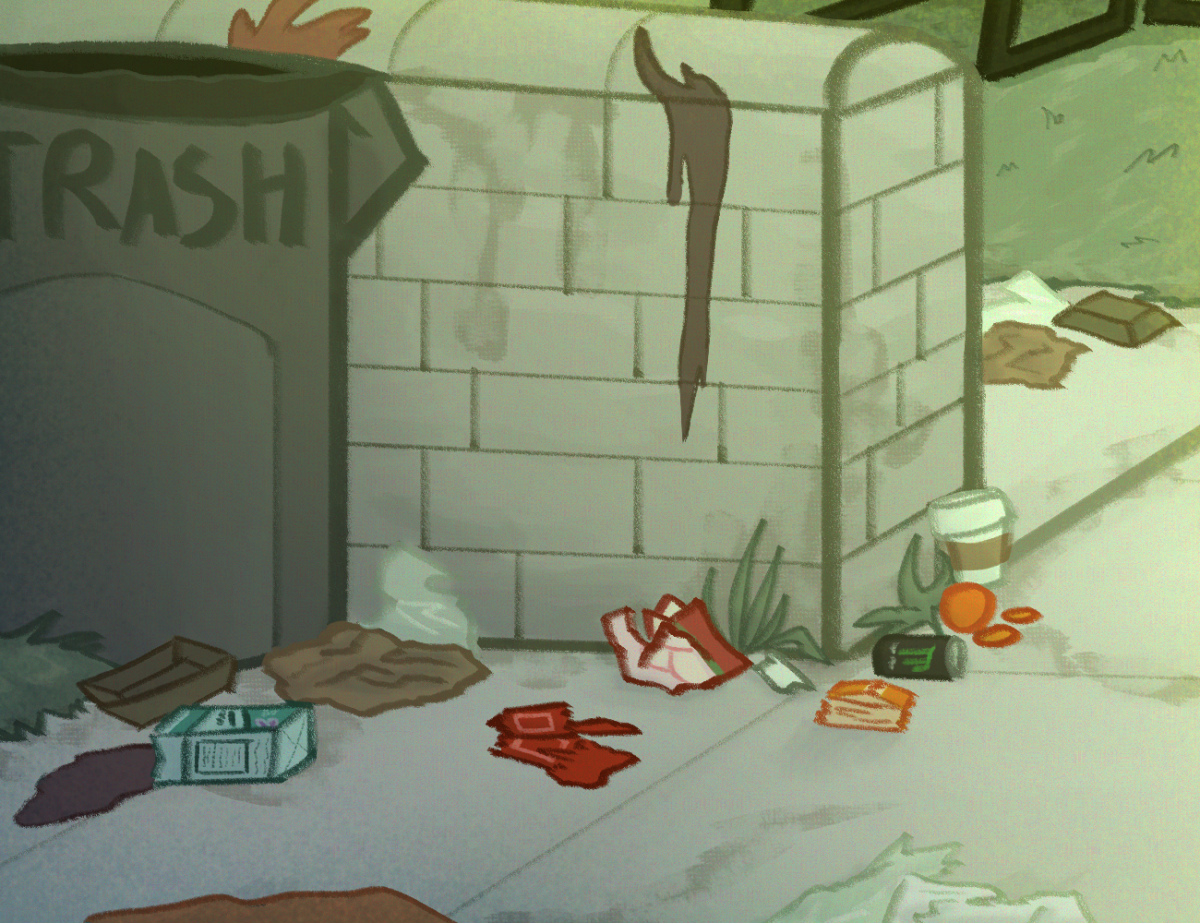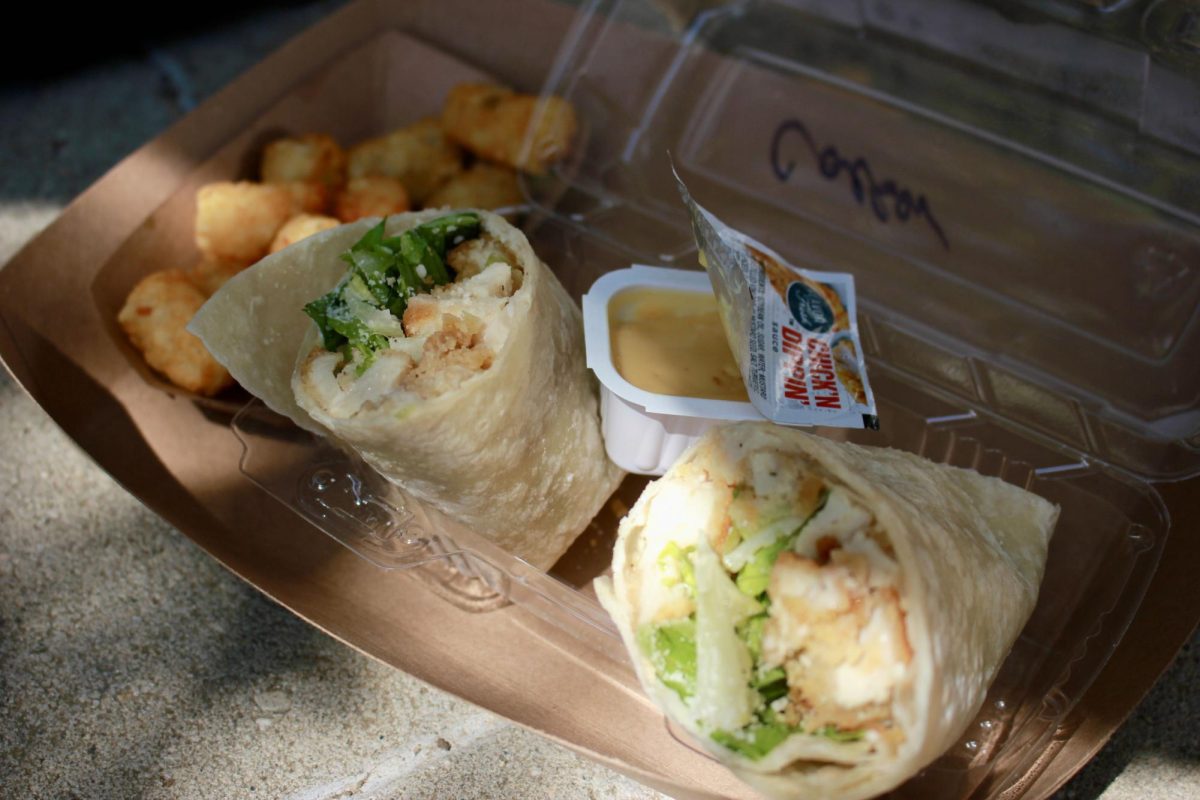There’s no better way of getting in the Christmas spirit than getting together with your family and decorating a good old-fashioned Christmas tree. Each year, families all over the world festively decorate trees with ornaments, lights, tinsel and more to brighten up the cold winter months. However, each year, the debate comes around again: are artificial trees or real trees better?
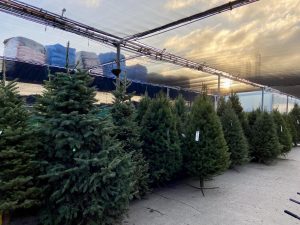
Since the 16th century, the tradition of decorating a tree has been the heart of Christmas for many. The centerpiece where families congregate to celebrate, the place where presents stack up on Christmas morning and the image of the holiday — not participating in this tradition is simply out of the question for those who celebrate Christmas. Yet the authentic evergreen presence of pine needles and sap disappears from more and more homes each year as they are replaced by their fake counterpart: artificial Christmas trees.
Artificial trees, originally conceptualized in the late 1800s, began to boom in the 1950s and 1960s as they started to be manufactured with aluminum and plastic. Since then, they have become widespread across the country for a variety of reasons. In 2020, 75 to 80 percent of Christmas tree-owning Americans used artificial trees rather than real ones. The appeal that many may seek in artificial trees is their reusability and convenience. Made to last five to 10 years, families can simply pack them away in the attic or garage for a year and pull them out again next December, with an extra cost or trip to the store being unneeded.
Although these faux firs may have their benefits for the average family, more factors than simply convenience need to be taken into account. While authentic trees are grown and cultivated on farms throughout the country, primarily in Washington and Oregon, 80 percent of the world’s artificial trees are produced in and shipped from China. This means that 80 percent of these trees are being produced in factories, delivered to ports, shipped to the U.S. and then delivered to retailers across the country. Taking into account both the processing of metals and plastics necessary to manufacture the trees themself, as well as the long journey to ship the trees across the world, the CO2 emissions arising from the process are enough to raise concern.
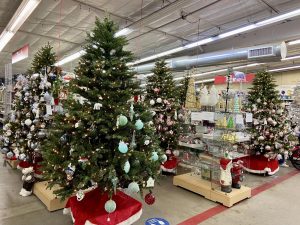
However, authentic trees have their own downfalls. Aside from the sheer inconvenience to many who do not have the lifestyle to support taking care of it or the money to buy a new one every year, real trees also cause a considerable amount of damage to the environment. The issue lies in what happens to the tree when January comes around. Do we compost the tree? Incinerate it? Or simply throw it in a landfill with the rest of our trash?
Incinerating the tree essentially reverses any benefits of the tree being planted in the first place as it would release all its stored carbon back into the atmosphere. While taking it to a landfill is better, it still increases the likelihood of local pollution. Thankfully, composting the tree is the perfect solution, by reducing your carbon footprint and perhaps even contributing to the environment around you.
Considering that both artificial and fresh trees may both have a harmful effect on the environment, the real question lies in the pleasure we find in our choice of tree. Although some may find it to be slightly more convenient to simply pull out a packaged tree every year to avoid the trip to the store, watering the tree daily and cleaning up pine needles, is it worth it to sacrifice all the amazing aspects of a real tree? There are an array of reasons that may convince you to go with a real tree, including the fresh tree smell to greet you when you enter the house, the nostalgic feeling of going out with family to choose a tree and the feeling of participating in a good old-fashioned tradition.
It is abundantly clear that going with a real Christmas tree is far superior to settling for a fake one. As the years go by, the number of artificial trees in circulation only goes up, and it needs to be stopped. In terms of both environmental impact and festivity, these imposters are slowly taking their toll as families continue to choose them for their convenience. What ever happened to the festivity of going to get a real tree, putting the time into decorating and being surrounded by the aroma of fresh pine and fir? The plastic frauds are sucking the soul out of this tradition. Do yourself a favor and buy a real Christmas tree, you won’t regret it.



